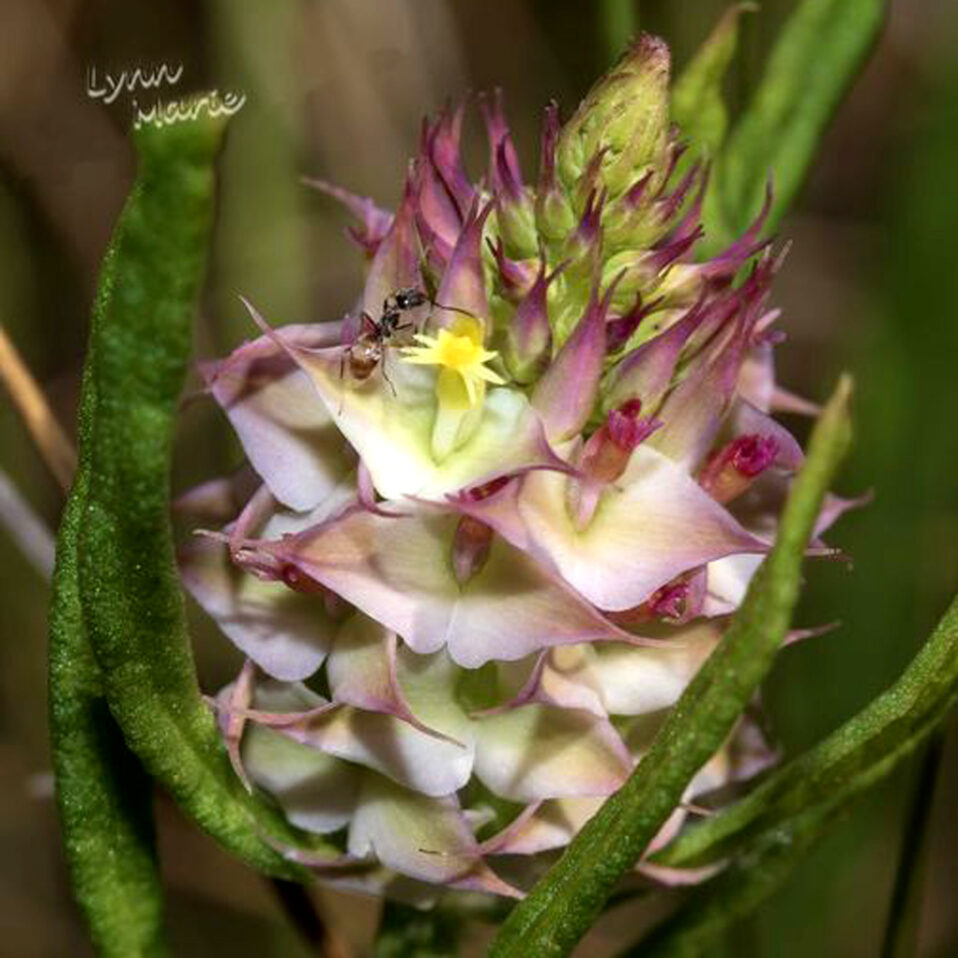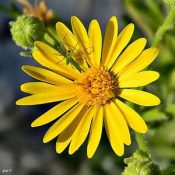Cross-Leaved Milkwort
American Lotus
Indian Blanket
Indian Blanket, Gaillardia-pulchella, is also commonly known as a Firewheel. Indian Blanket flowers are members of the Aster family, grow to 1.5 feet tall and 2 feet wide, and are considered a short-lived perennial or an annual in Florida.
The Indian Blanket can often be spotted near Florida’s coasts on dry land. Since the early 1700s, this flower has been planted along roadsides much to the delight of Floridians and tourists.
A study done by Marlowe & Hufford in 2007 showed the DNA from the Indian Blanket was similar to those found in the more western species. More recent research by Weakley et al. 2020 has shown more evidence that it was likely cultivated rather than naturally spread.
The bright orange, red, and yellow flowers of the Indian Blanket make a beautiful addition to your garden. Butterflies, bees, and wasps are attracted to its pollen. Titmice, chickadees, and warblers enjoy the seeds. Once the flowers dry up, gather seeds by deadheading the plant. Indian Blankets are dormant in the winter.
Photo Credit: Aymee Laurain
Florida Golden Aster
The Florida Golden Aster is a perennial herb that has been on the Endangered list since 1986. This plant grows approximately 1 to 1-1/2 feet tall and has yellow daisy-like blooms about 1 inch in diameter. The Florida Golden Aster lives a short life and reproduces by seeds that are dispersed by the wind.
The Aster can be found growing in open sunny places. They thrive in vegetation areas that have highly drained, fine white sand and can be found in pine-oak scrub areas. Hardee, Hillsborough, Manatee, and Pinellas county are where this plant can be found in Florida.
This plant continues to be endangered due to habitat destruction caused by over-development (commercial and residential), mowing, grazing, and competing grasses and plants.
Recovery is a slow process. Natural and controlled burns help the Aster produce more seeds and bigger blooms. Continued help from volunteers, officials, and preserves like Golden Aster Scrub Preserve will give this plant a good fighting chance to make a comeback.
Golden Aster Scrub Preserve is located at 12181 East Bay Road Gibsonton FL, 33534. It is home to 2 miles of Golden Aster and the Florida Scrub-Jay,










Recent Comments